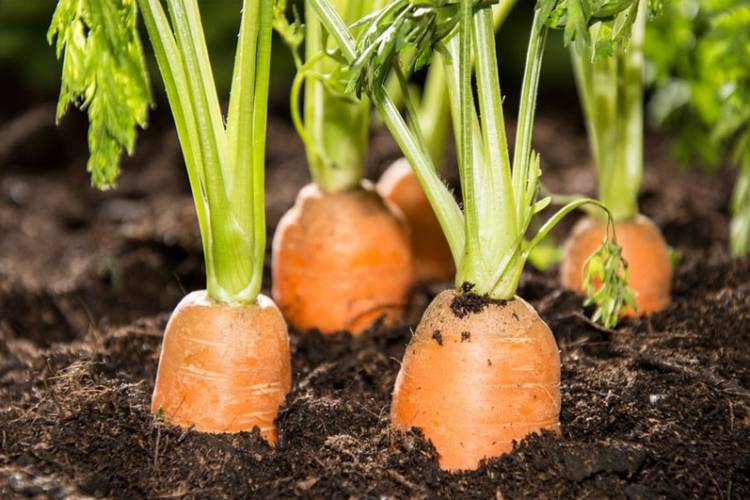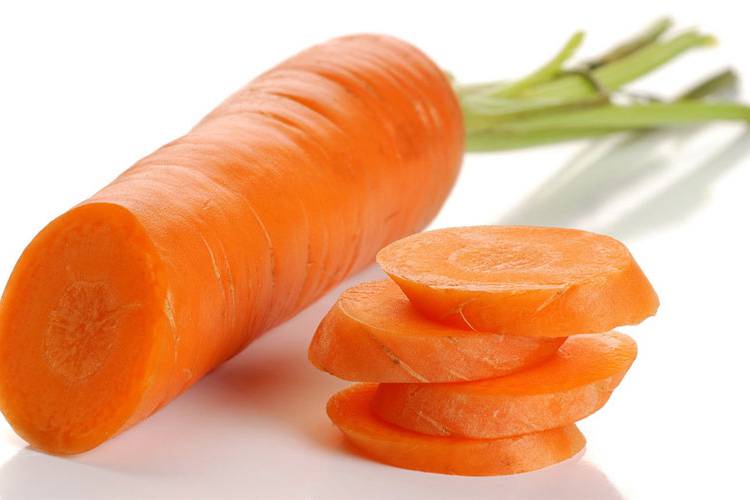7 properties that you didn’t know were contained in carrots
We already know that carrots are supposed to be good for the eyesight and for getting a tan. These are the two most well-known characteristics of carrots, but this humble vegetable fulfills other tasks to improve our health that are much less talked-about. Read on, and find out how they help our body.
fresh food
Share

There are two basic types of carrots: Oriental, purple or yellow from Afghanistan, and Western, which emerged in the 16th century in the Netherlands thanks to a seed crossing. This combination in search of an orange colour was intentional, as it was intended to pay homage to the house of Orange.
The beta-carotenes, which provide this characteristic tonality, are the main sign of identity of this edible root. These are powerful protectors, also known as provitamin A, that repair cells damaged by environmental effects and the passage of time.

Benefits
• They increase the production of melanin, the pigment that gives colour to the skin and protects it from harmful solar radiation.
• They are good for the eyes. They protect the retina and prevent the appearance of cataracts.
• They strengthen the teeth and gums. The chewing process they require reinforces the muscles of the mouth and encourages the elimination of bacteria. They also contain fluoride, essential for maintaining tooth enamel.
• They improve digestion. They stimulate the secretion of saliva and, because of their high water content, are diuretic and help to break up kidney stones.
• They revitalize the mind, as they are rich in potassium and phosphorus.
• They are a source of calcium and folic acid, and are therefore recommended in pregnancy.
• They strengthen the nails.
• They increase the production of sebum, which brings shine to the hair.
• Eaten raw, they have a low glycaemic index and are suitable for diabetes.
An edible root that’s full of vitamins
The part of the carrot that we usually eat is the root, just like the turnip and the radish. However, the leaves are also used in the kitchen for the preparation of creams and purees. Habitual consumption of this vegetable provides a significant amount of vitamins A, B, C and E, in addition to minerals and antioxidant compounds. In addition, its caloric value is very low, since 100 grams equals about 33 Kcal.
From our website to your kitchen:
Carrots can be consumed in a large variety of ways: raw, cooked, fried or steamed and cooked in juices, soups, creams, stews, salads and even cakes. In addition, they are widely used for feeding babies and pets.







